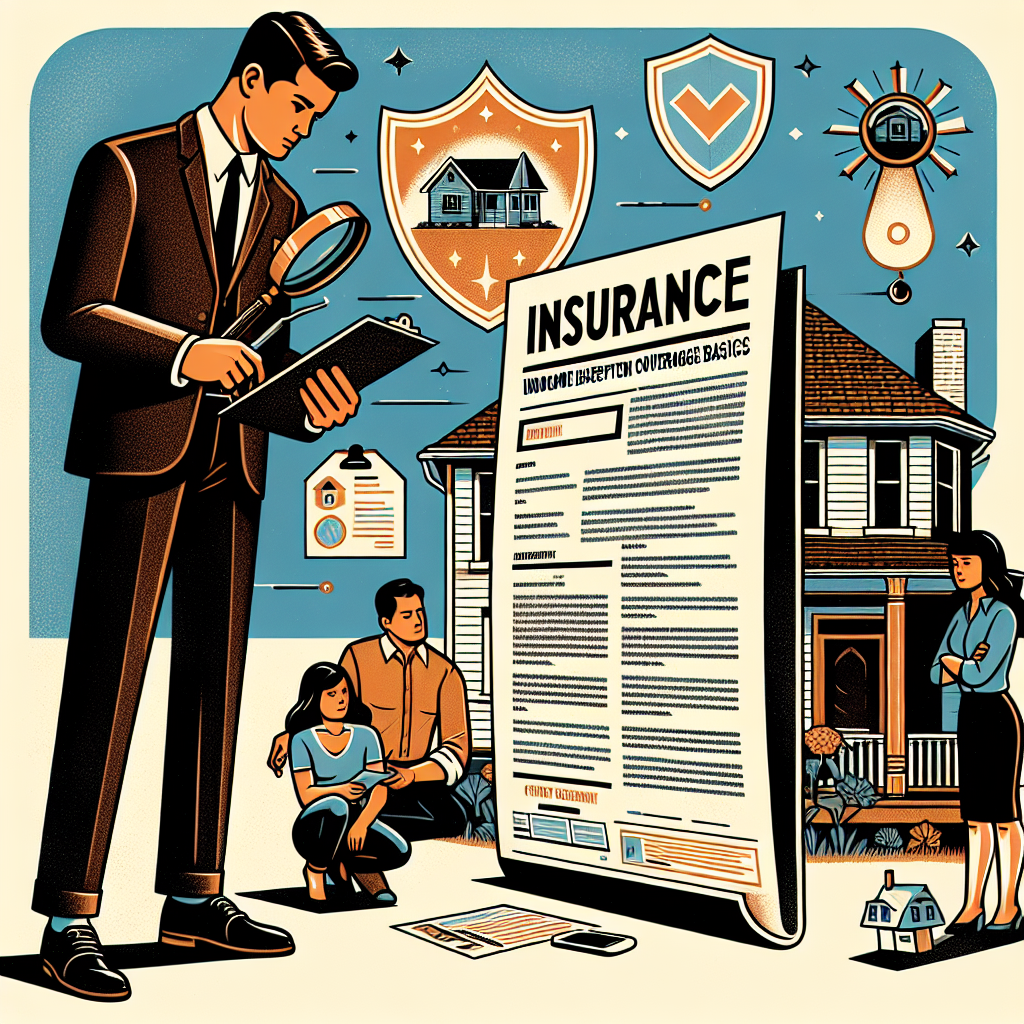Filed under Business Insurance on
Cost Breakdown: Insurance for Your Limo Business

Running a limo business can be a lucrative endeavor, offering premium transportation services for events ranging from weddings to corporate functions. However, one of the key considerations in managing such a business is ensuring it is well-protected through insurance. Understanding the cost breakdown of insurance for your limo business is crucial to safeguarding your investment and ensuring smooth operations. This article delves into the key components of limo insurance costs, factors influencing those costs, and strategies to optimize your premiums.
Understanding the Basics of Limo Insurance
Limo insurance is specifically designed to cover the unique risks associated with operating a limousine service. It encompasses several types of coverage, including liability, physical damage, personal injury protection, and more. It's critical to tailor your policy to align with your business needs and local regulatory requirements. Here's a closer look at the primary components:
- Liability Insurance: Covers bodily injury and property damage to third parties in an accident where your driver is at fault.
- Physical Damage Coverage: Protects against damage to your vehicles due to accidents, theft, or natural disasters.
- Personal Injury Protection: Covers medical expenses and lost wages for you and your passengers in the event of an accident, regardless of fault.
- Uninsured/Underinsured Motorist Coverage: Provides protection if you’re involved in an accident with a driver who lacks adequate insurance.
Factors Influencing Limo Insurance Costs
Several variables come into play when determining the cost of insurance for your limo business. Being aware of these factors can help you make informed decisions and potentially lower your premiums:
Vehicle Type and Value
The type, model, and value of the limousines in your fleet have a direct impact on insurance costs. High-end vehicles or specialty limousines typically attract higher premiums because they cost more to repair or replace.
Usage and Mileage
The operational frequency and mileage of your vehicles also play a significant role. Higher usage and extensive mileage increase the likelihood of accidents, leading to increased premiums.
Driver Profile and Experience
Your drivers’ records, including their age, experience, and driving history, can greatly influence premiums. Insurers often offer competitive rates for experienced drivers with clean records, whereas those with violations or accidents attract higher rates.
Location and Operating Regions
Where you operate your limo business impacts your insurance costs. Urban areas with high traffic density typically have higher premiums compared to rural regions. Additionally, state regulations can dictate minimum coverage requirements, altering the cost structure.
Cost Breakdown of Insurance for Your Limo Business
Understanding the specific components of your insurance cost breakdown can empower you to make strategic decisions, such as adjusting coverage levels or seeking discounts for safe vehicles and drivers.
Base Premiums
The base premium is the initial cost of your policy before any adjustments for discounts, claims history, or additional endorsements. This cost typically reflects the inherent risk factors associated with your business operations.
Deductibles
The deductible is the amount you agree to pay out of pocket before your insurance benefits kick in after a claim. Opting for a higher deductible can lower your premium costs, but it’s important to ensure that you can afford this upfront cost in the event of a claim.
Additional Policy Add-ons
While core coverages are essential, you might need additional endorsements such as roadside assistance, rental reimbursement, or coverage for custom modifications to your vehicles. Each add-on increases your total premium, so evaluate their necessity carefully.
Strategies to Reduce Insurance Costs
Insurance premiums can strain budgets, especially for new or small businesses. Fortunately, several strategies can help reduce your insurance costs without compromising on coverage quality:
Bundling Policies
Many insurance providers offer discounts if you purchase multiple types of coverage from them. Consider bundling your limo business insurance with other policies, such as general liability or property insurance, for cost savings.
Implementing Safety Programs
Investing in driver training programs and vehicle safety measures can dramatically reduce the risk of accidents, leading to lower premiums. Installing tracking systems to monitor driver behavior and maintain regulatory compliance can also be beneficial.
Reviewing Policies Regularly
Insurance needs can change as your business grows. Regularly reviewing your policies with an insurance advisor can help ensure that your coverage remains optimal and cost-effective. This includes adjusting coverage limits or removing unnecessary add-ons.
Seeking Professional Guidance
Insurance agents or brokers specializing in limo insurance can offer valuable insights and help you navigate complex insurance products. They can assist in finding competitive quotes and tailoring a package that aligns with your business goals.
Expert Opinions on Limo Insurance Trends
Industry experts predict that changes in technology, such as the rise of autonomous vehicles, could eventually impact insurance models for limo businesses. Additionally, shifts in public transportation preferences due to environmental considerations might influence future demand and insurance structures.
According to John Doe, an insurance analyst, “The limo industry is evolving with technology integration, making it crucial for operators to stay informed about insurance innovations that could help mitigate emerging risks and reduce costs.”
Conclusion
Understanding the intricate details of the cost breakdown for insurance in your limo business is essential for optimizing expenses and ensuring adequate protection. By focusing on key factors like vehicle type, driver’s experience, and strategic cost-saving measures, you can manage your premiums more effectively. As the industry evolves, staying informed and proactive about insurance trends will equip your business to thrive in a competitive market environment.





